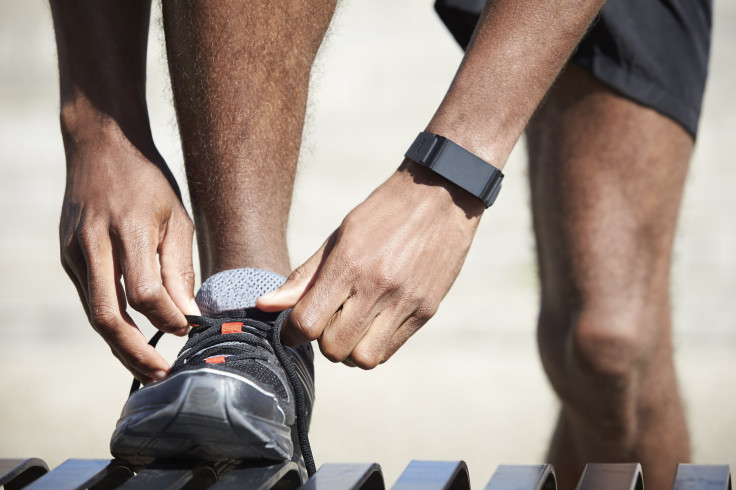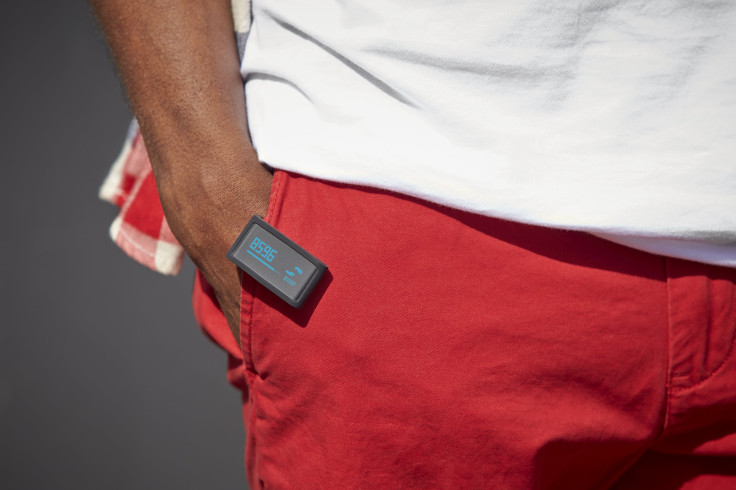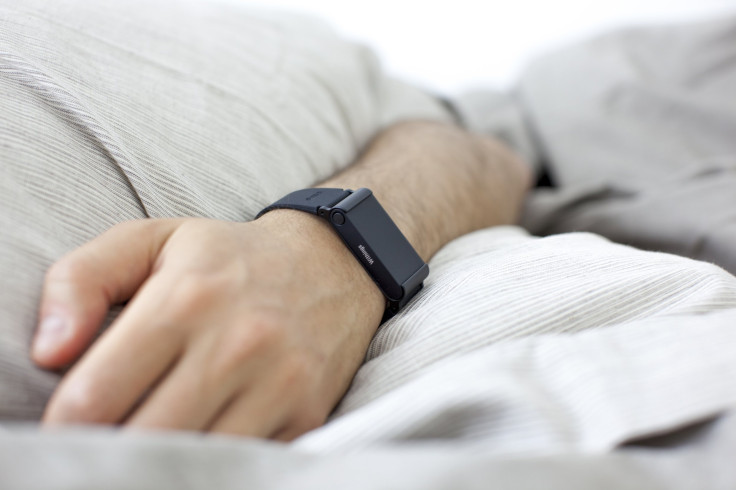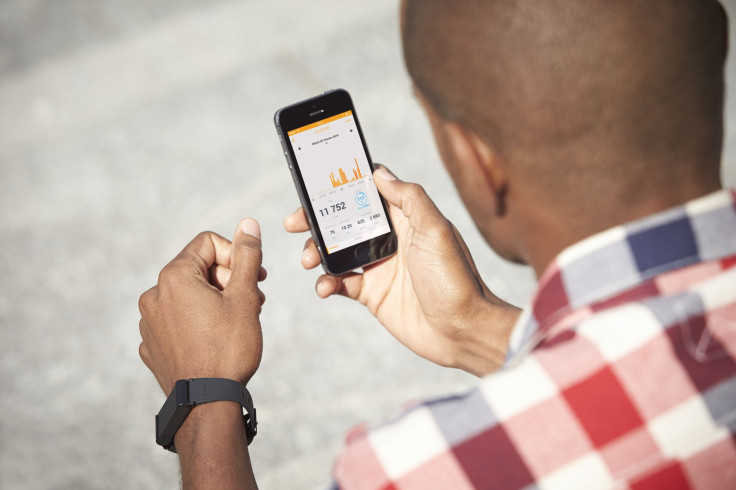Withings O2 Pulse Review: A Decent Pedometer, When It Works

The $100 fitness tracker market isn't exactly hurting for entries. Even as one of the more popular models, the Withings Pulse O2 has its work cut out against giants like Fitbit.
Withings is a French wellness/fitness company formed in 2008, producing a multitude of items in the "Internet of Things," from smart scales to baby monitors and fitness devices. They're still a small company with fewer than two dozen employees, but they compete against larger enterprises like Jawbone and Fitbit, not to mention Nike.
In such a crowded market, can the Pulse stand out?
Design
Well, if the Pulse stands out somewhere, that place is definitely not on your wrist. Actually, if anything it sort of looks like an ankle monitor for criminals. So it’s not the prettiest or most distinctive thing out there; if you're looking to make a high fashion statement with your wearable, the Pulse won't cut it. It's a more utilitarian design, especially the soft-touch rubber watchband. The Pulse is made to be tough -- it’s rigid and shrugs off hits easily -- but surprisingly, it isn’t waterproof. The exposed USB charging port is the likely culprit.

The Withings Pulse can also be inserted into a sort of belt clip, like a traditional pedometer. That eliminates the parolee look, but it's not terribly secure that way; I have to confess that I lost the first review unit Withings sent me while I had it clipped onto my pants.
The Pulse conveys its most essential information, like steps and distance traveled, on its tiny LCD touch screen. The touch response is decent, as long as you’re not expecting pinpoint accuracy. Sometimes you’ll have to press a little harder to get particular things to work, like the heart rate monitor or sleep tracker.
A bigger problem is the screen itself -- it’s usable if a bit muddy indoors, but in direct sunlight it’s absolutely impossible to read.
Function
At least the battery life is commendable -- after a week of continuous use, my second test unit sat half-full. Then it promptly bricked, displaying the dreaded "Error 1" message. Withings told us that the only solution (after trying the method suggested in their FAQ list) was to replace the unit.

Still, when it works, the Pulse is a great pedometer. The step count updates about as quickly and accurately as you’d ever want, so you could watch your step count rise in real time.
It’s a bit more capable than that, though. Cue the “O2” in the name: the Pulse also carries a heart rate and blood oxygen level sensor. The accuracy of the sensor is debatable, but at least the idea itself is pretty clever. Its placement, however, is not so smart. The sensor is on the back of the Pulse (as it often is with other wearables like the Samsung Gear Fit), but no matter how you wear it, it’ll never be touching your skin.

So to get these readings, you have to take it out of the holster, stand in place, and put your finger on the sensor. Standing still is vital -- you're bound to see an error message if you so much as sneeze. Still, the idea is a sound one, and all the collected data is funneled through the excellent Withings app.
Application
It’s a strong contender for the best tracker app I’ve used so far. The main page is a continuous scroll/feed, similar to the Jawbone Up app. There's a lot to take in, but everything is distinct on the timeline so the information is never overwhelming. Plus the app has separate daily roundups if you want to delve deeper into the data.
Trends and patterns are catalogued and curated by the Withings’ butterfly graph, labeled “wellness levels” with wings for weight, activity, sleep, and heart health. The wings are a simplistic representation of your progress, and the app itself offers some suggestions based on the data the band collects -- get more sleep, move more often, keep doing what you’re doing to keep your heart healthy -- but it never offers concrete coaching like a Jawbone.

Conclusion
The Withings Pulse O2 is one of the more capable fitness trackers out there; its versatility and mobile app definitely scored some points. But it was unreliable and ugly, so it's tough to recommend as an everyday wearable even at its current $99 price tag.
© Copyright IBTimes 2024. All rights reserved.






















